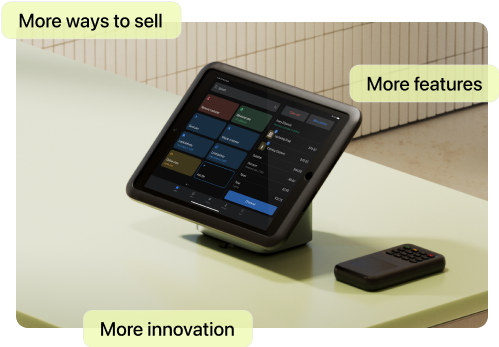When designer Ben Attwood launched Clubhouse Skin, he wasn’t trying to fit in—he was building something he couldn’t find on the shelf. By rejecting outdated men’s grooming norms, treating labs like collaborators, investing early in design, and documenting everything on social media, Ben turned a design project into a sell-out skin care brand.
Now stocked in retail stores and heading into its next chapter, the brand is a case study in how to challenge norms and build trust without traditional marketing. Below, Ben shares the four strategies that helped him build Clubhouse Skin from scratch—and what other founders can learn from his process.

Redefining the male skin care category with a clear point of view
Ben’s vision for Clubhouse Skin started with what wasn’t being said—or shown—in men’s grooming. “They all seem to follow the same playbook,” he says. “All black packaging, hyper-masculine names, an illustration of a man with a big beard somewhere.” That lack of imagination presented an opportunity.
Rather than replicate what existed, Ben embraced softer colors, design-forward packaging, and messaging that reflected how men actually think about skin care today. “We aren’t lazy when it comes to skin,” he says. “We don’t want cheap synthetic ingredients. We want natural ingredients, and we’re OK with having a multistep routine if it works.”
By identifying a clear gap in the market, Ben built a brand that felt fresh, familiar, and aspirational. His advice: Pinpoint what your category is doing wrong and build in the opposite direction.
Treating the lab like a design partner
Though Ben doesn’t have a scientific background, he applied his designer’s mindset to product development. “From day one, I always knew I wasn’t going to be the guy in the lab mixing up the ingredients,” he says. Instead, he drafted a detailed brief for his manufacturer, specifying texture, scent, and ideal ingredients.
This collaborative approach paid off—until an early manufacturing breakdown forced him to start over. “It was either roll over and let the business die or come up with all of the startup costs for a second time and rebuild from scratch.”
He chose to reinvest and used the delay to refine formulas based on early customer feedback. “Even though we were only launched for a few weeks, I had feedback that I wanted to change,” he says. “So when we relaunched, our products and our brand was head and shoulders above what it was during our first launch.”
For founders without technical expertise, Ben’s approach proves creative clarity and strong communication can guide product development just as effectively as hands-on experience.

Investing in brand design as a business strategy
Ben’s background in design didn’t just shape the look of the brand—it shaped the business. From packaging to pitch decks, he kept every element consistent. “Design is one of the main things that unlocked doors for us that otherwise would’ve remained completely closed.”
That polish helped Clubhouse Skin quickly gain trust with consumers and potential partners. “A well-designed website is going to instill trust in customers,” Ben says. “A well-designed pitch deck is going to get the attention of investors or labs or whoever else.”
While many early brands focus only on a logo or visual identity, Ben emphasizes that design should touch every part of the customer experience. “Your brand is the entire universe around it—what your social media looks like, what your email templates look like, your tone of voice, consistent colors and typography.”
Building in public to grow community
Clubhouse Skin didn’t rely on ads or influencers to grow—it relied on transparency. “Really the best strategy is just documenting what you’re already doing,” Ben says. From packing orders to post office runs, he turned day-to-day tasks into content.
That openness directly drove results. When Ben hoped to get stocked by UK-based lifestyle retailer Earl of East, he posted a video asking followers to tag the store. “Within 24 hours I was on a call with the founders,” he says. “Now we’re stocked in all of their stores.”
Putting himself out there wasn’t natural at first. “I’m a really introverted guy. My first 50 videos were cringe. And then they start getting a little less cringe and then it’s OK.” Over time, sharing consistently helped grow both his confidence and his customer base. “I’ll be cringe on the internet all day, every day if it means I keep selling product.”
Clubhouse Skin is a case study in building a brand that breaks through. Ben Attwood’s journey shows how clear positioning, thoughtful design, collaborative development, and real-time storytelling can power a modern consumer brand without a massive budget. For more on Ben’s design, branding, and community-building tips, tune in to the full interview on Shopify Masters, wherever you get your podcasts.







